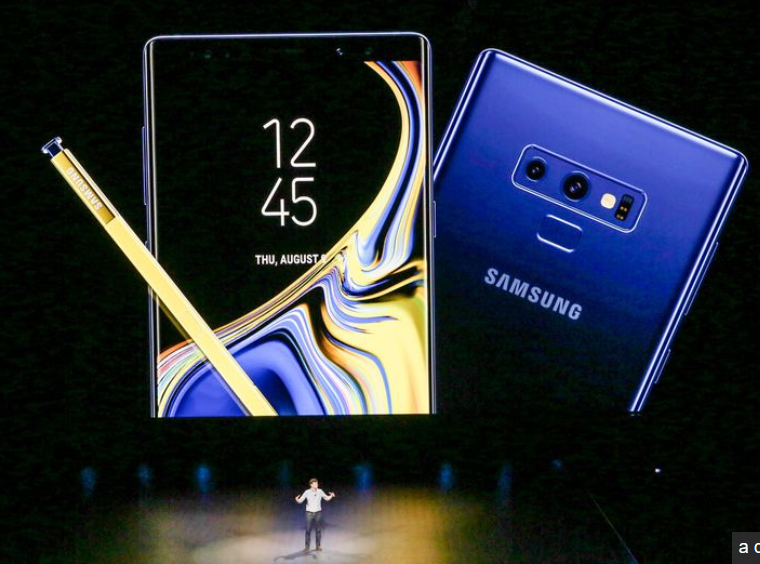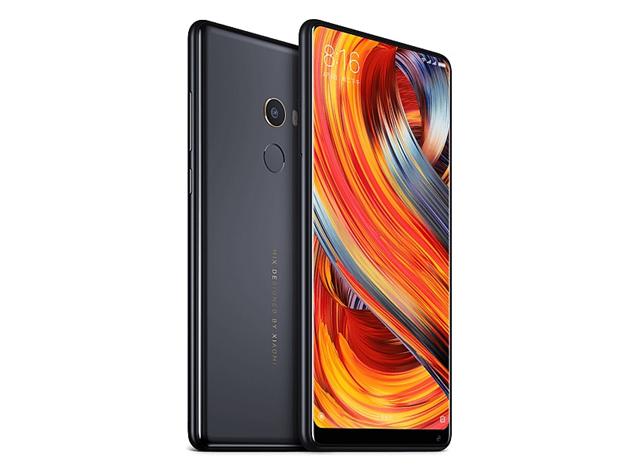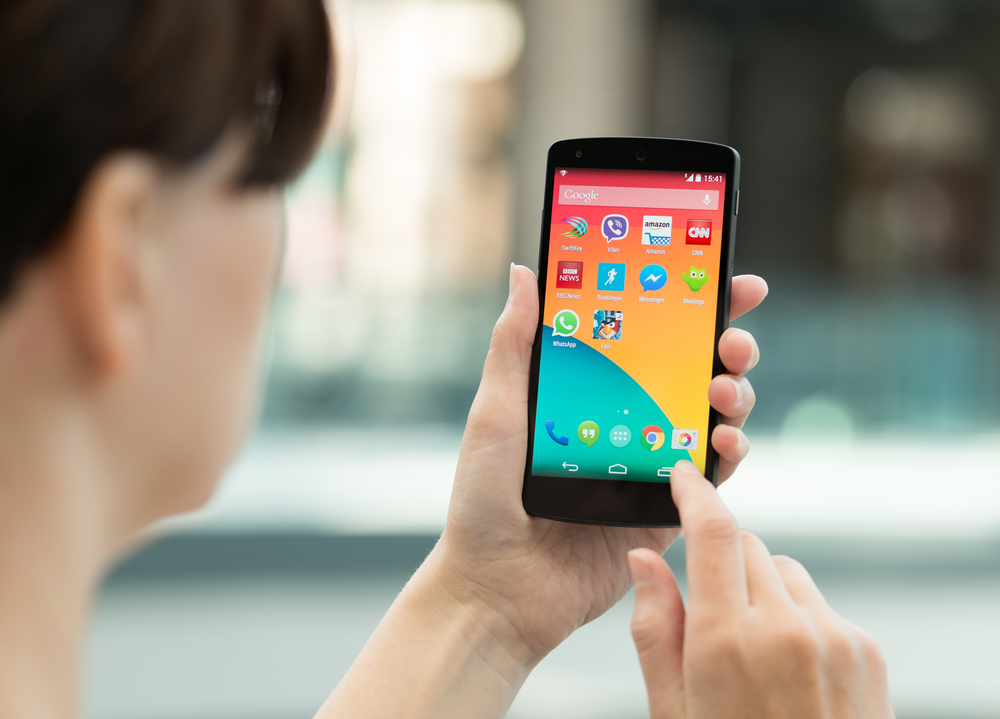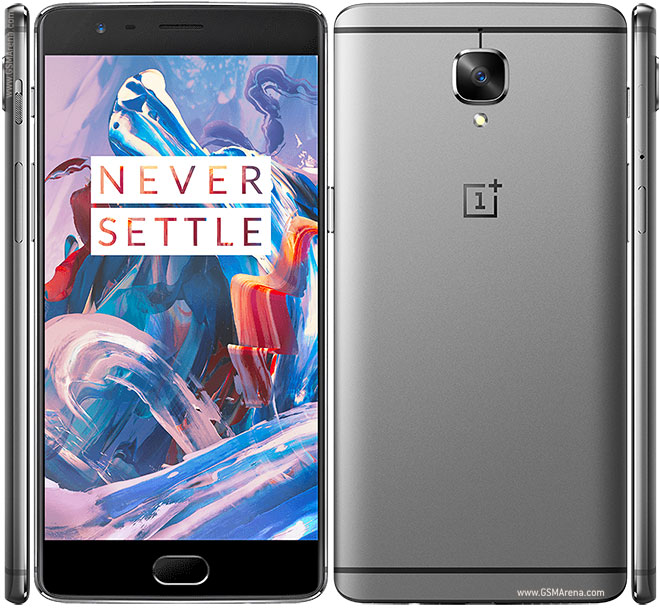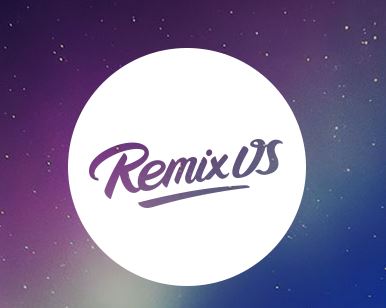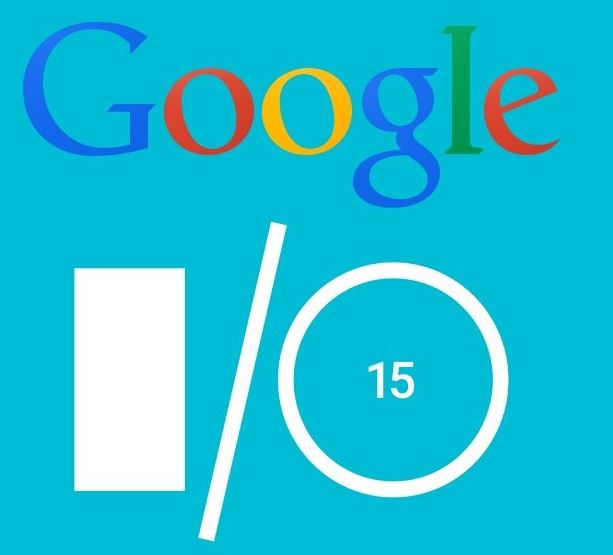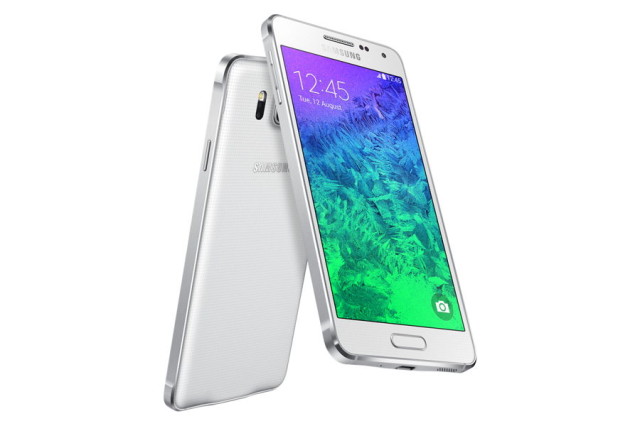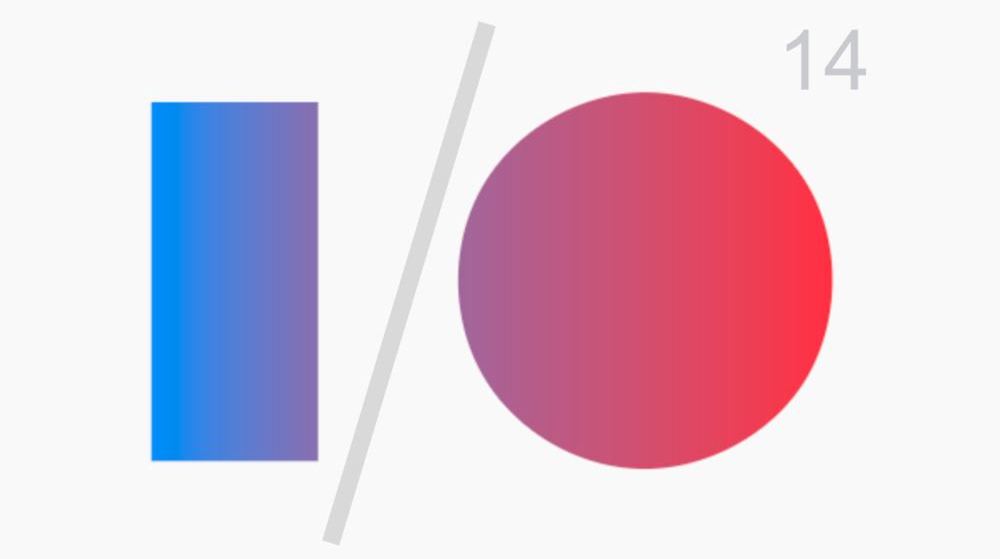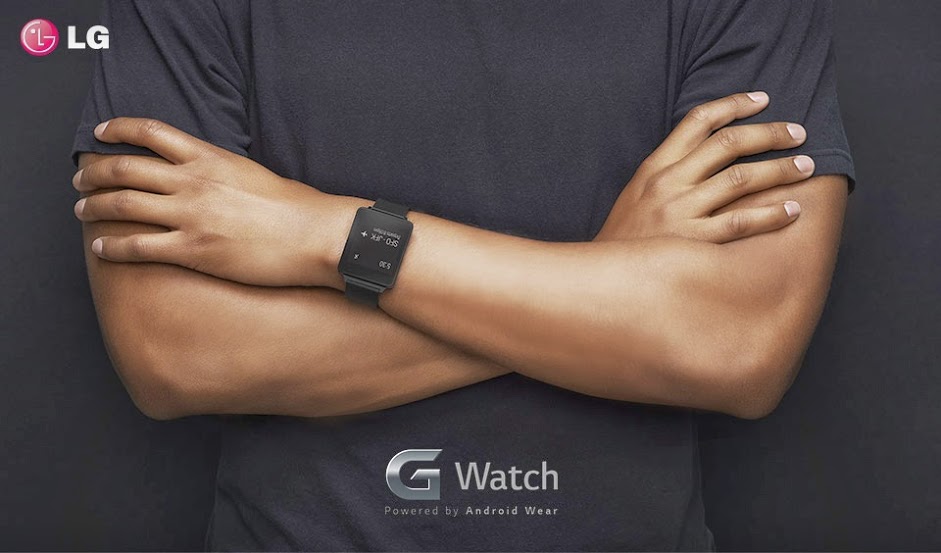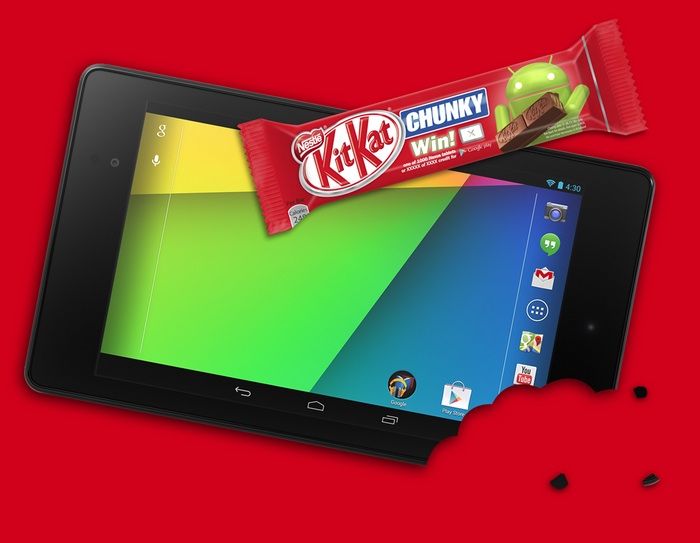Samsung Unpacked
2018 Product Updates
Samsung’s annual product conference gathered a big crowd in Brooklyn last week. The main focus was on productivity and performance upgrades across Samsung’s entire collection of devices. The most anticipated gadget was the company’s phablet, Galaxy Note 9. On the exterior, not much has changed, but under the hood some upgrades took place, including a […]
